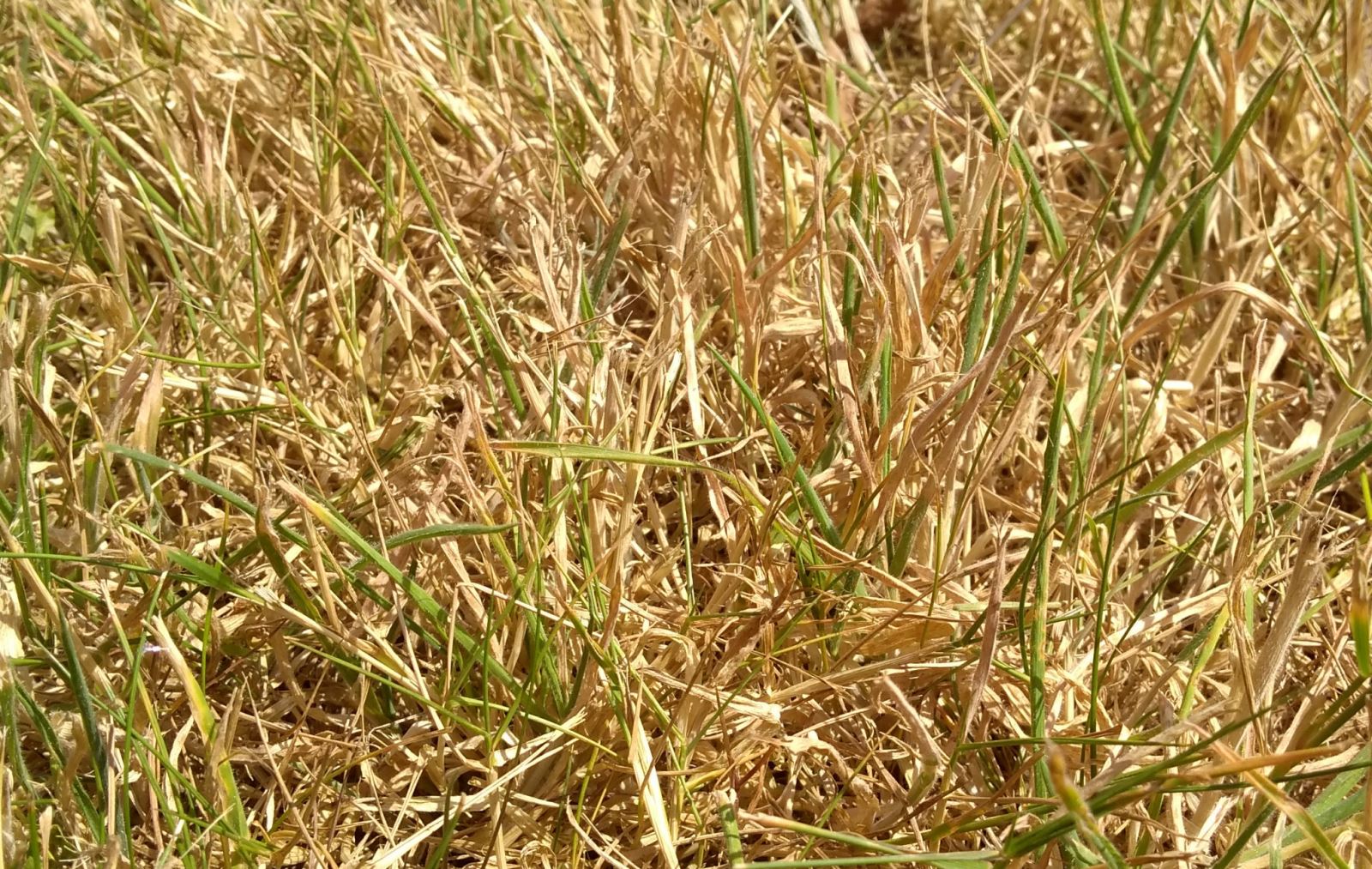How to Revive Scorched Grass After a Heatwave

A scorching heatwave can leave once-green lawns looking brown, dry, and lifeless. But don’t lose hope—scorched grass isn’t always dead. With a little care and patience, you can often bring your lawn back to life.
First, assess the damage. Tug gently on the brown blades. If they resist, the grass is likely dormant, not dead. Dormancy is a natural survival response to extreme heat and drought. If the grass pulls out easily, it may need reseeding.
The most important step is watering consistently. Aim to water early in the morning, giving your lawn about one inch of water per week. This helps rehydrate the roots without wasting water through evaporation. Avoid watering in the heat of the day or at night, which can encourage disease.
Raise your mower blade to at least three inches and avoid mowing too frequently. Taller grass shades the soil, helping it retain moisture and reduce further stress. If your soil feels hard or compacted, consider aerating to improve water and nutrient penetration.
For patches that don’t recover, reseed with a drought-resistant grass variety suited to your climate. Gently rake the soil, sow the seed evenly, and keep it moist until new grass establishes. Avoid applying high-nitrogen fertilizers during recovery, as they can further stress the grass. A light application of balanced fertilizer in early fall may support regrowth.
Lastly, minimize foot traffic on the damaged areas to allow the roots to repair.
While recovery may take a few weeks—or even a full season for severely damaged lawns—proper aftercare can restore your grass to its lush, green state. With a little time and consistent care, your lawn can bounce back stronger than before.
Let me know if you want a version for a specific region or grass type!
MEASURE MY LAWN ONLINE
WANT A GUIDELINE PRICE?
Get an indicative price to cut your lawn without even stepping outside to measure your lawn.
ONLINE PRICE CALCULATOR